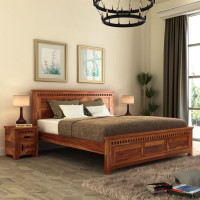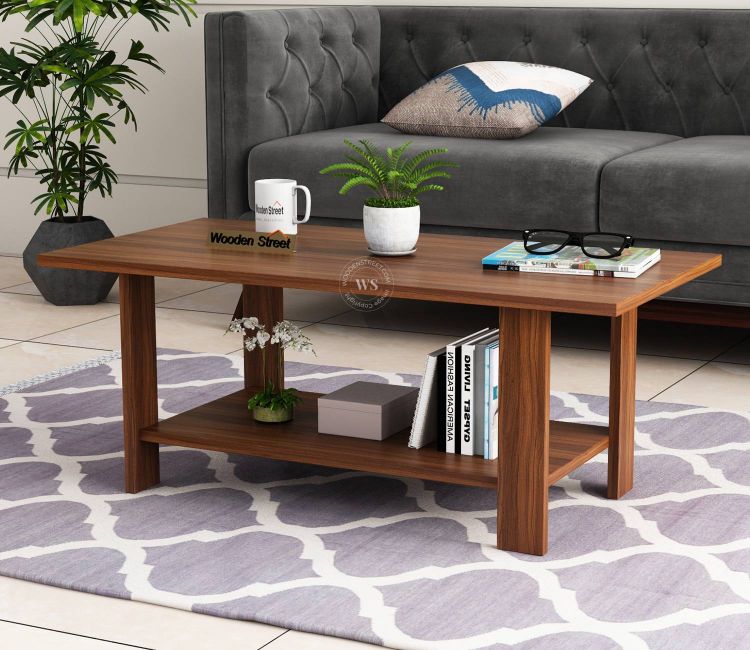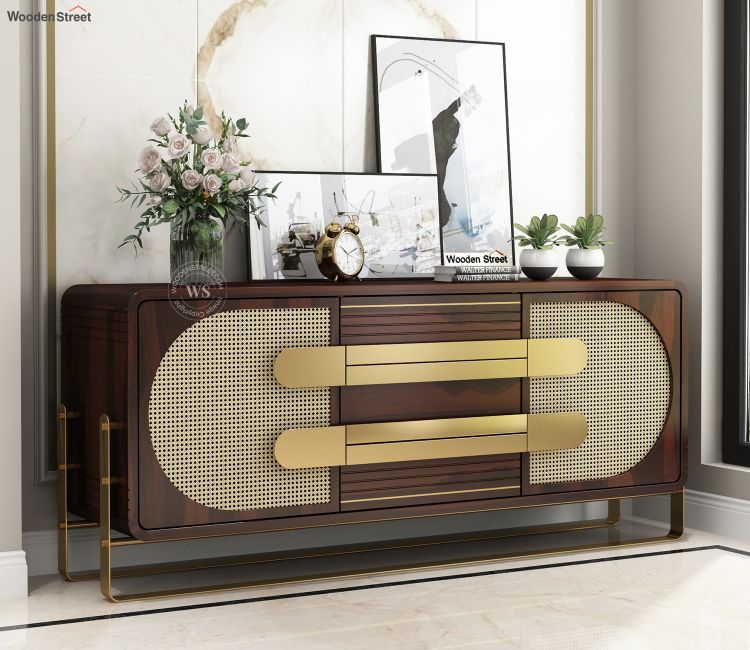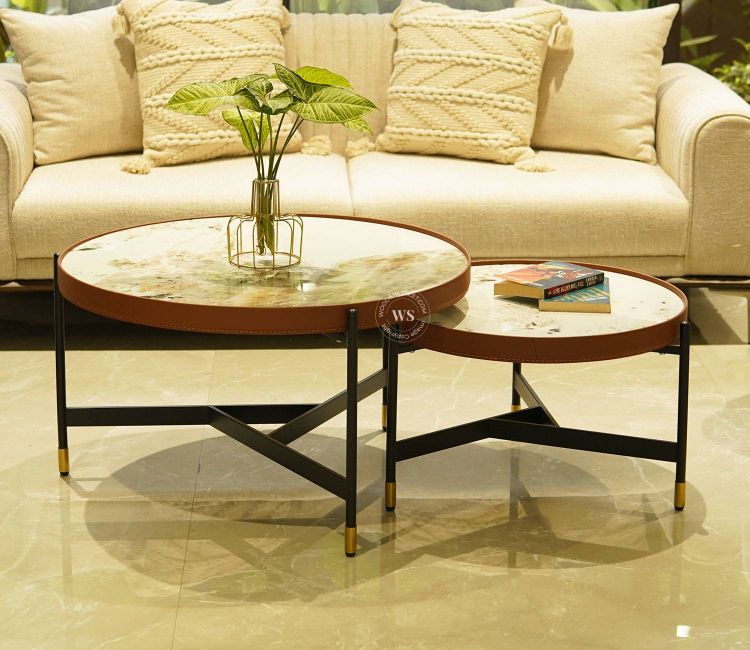The Average Cost of Custom Cabinets: A Comprehensive Guide to Your Dream Space
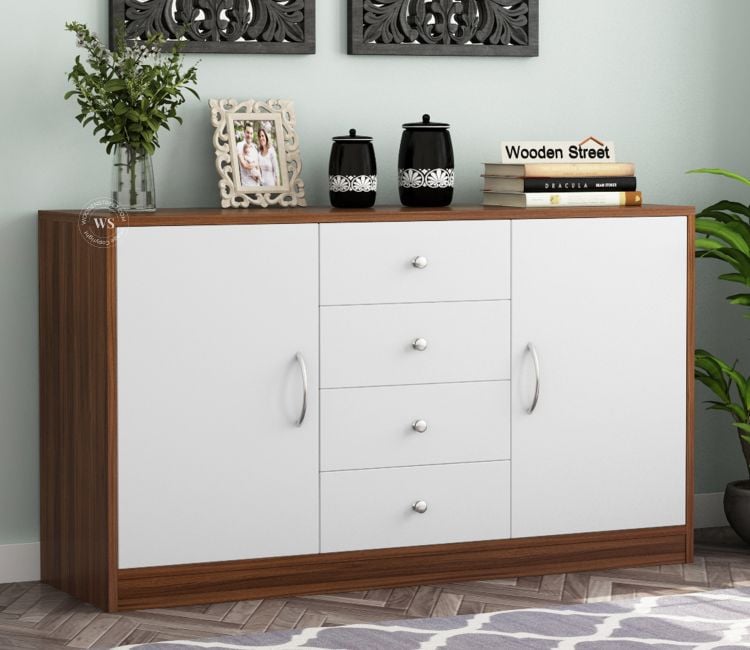
Strong 8k brings an ultra-HD IPTV experience to your living room and your pocket.
Custom cabinets are a significant investment in any home, offering unparalleled personalization, functionality, and aesthetic appeal. Unlike their off-the-shelf counterparts, custom cabinets are meticulously designed and built to fit your specific space and cater to your unique needs and style preferences. However, this bespoke approach comes with a varying price tag. Understanding the factors that influence the cost of custom cabinets is crucial for effective budgeting and making informed decisions for your home renovation project.
What Defines "Custom" and Why Does it Cost More?
The term "custom" in cabinetry signifies a truly unique product. These cabinets are not mass-produced; instead, they are handcrafted to your exact specifications, considering every curve, corner, and dimension of your room. This level of tailoring offers immense benefits, such as:
- Perfect Fit: Custom cabinets maximize every inch of available space, especially in rooms with unusual layouts or architectural quirks.
- Personalized Design: You have complete control over materials, finishes, hardware, door styles, and internal storage solutions, allowing you to create a truly unique and cohesive look that reflects your personal taste.
- Superior Quality and Durability: Custom cabinet makers often use higher-quality materials and employ traditional joinery techniques, resulting in a more robust and long-lasting product compared to stock or semi-custom options.
- Enhanced Functionality: From specialized pull-out pantries to integrated appliance panels and custom drawer organizers, custom cabinets are designed to optimize storage and streamline your daily routines.
- Increased Home Value: The high-end craftsmanship and tailored design of custom cabinets can significantly boost your property's resale value.
While the benefits are clear, the "custom" aspect inherently leads to a higher cost due to
- Skilled Labor: The design, craftsmanship, and installation of custom cabinets require highly skilled artisans and carpenters.
- Material Selection: Custom projects often involve premium wood species (like cherry, maple, walnut, or oak) and high-quality finishes that contribute to the overall expense.
- Design Complexity: Intricate designs, unique shapes, decorative elements, and specialized features require more time and precision, driving up labor and material costs.
- Lower Volume Production: Unlike mass-produced cabinets, custom cabinets are made individually, without the economies of scale that reduce costs for stock options.
The Average Cost: A Broad Spectrum
The average cost of custom storage cabinet can vary widely, but generally, you can expect to pay anywhere from $500 to $1,200 per linear foot. For a full kitchen remodel, this often translates to a total project cost ranging from $10,000 to $30,000 or more, depending on the size of your kitchen, the complexity of the design, and the materials chosen.
To provide a more detailed breakdown:
- Budget-Friendly Custom Cabinets: In the range of $500-$700 per linear foot, these might utilize more economical materials like high-quality MDF or laminate with simpler designs and standard finishes.
- Mid-Range Custom Cabinets: Expect to pay $700-$1,000 per linear foot for high-quality plywood or wood veneers, more complex designs, some custom storage solutions, and premium finishes.
- High-End Custom Cabinets: For luxurious kitchens with solid wood, intricate designs, custom details, high-end hardware, and specialized finishes, the cost can easily exceed $1,000-$1,200+ per linear foot.
It's important to remember that these are averages, and the final price will be influenced by a multitude of factors.
Key Factors Influencing Custom Cabinet Costs
Several elements contribute to the final price tag of your custom cabinetry:
- Materials: This is arguably the most significant cost driver.
- Solid Wood: Premium hardwoods like cherry, walnut, maple, and oak are the most expensive but offer unparalleled beauty, durability, and the ability to be refinished multiple times.
- Plywood: A good quality plywood (typically Baltic birch or cabinet-grade plywood) offers excellent stability and durability at a lower cost than solid wood.
- MDF (Medium-Density Fiberboard): While more affordable, MDF is less durable and can be susceptible to moisture damage. It's often used for painted cabinets due to its smooth finish.
- Laminates and Thermofoil: These are budget-friendly options that mimic the look of wood but are less durable and cannot be refinished.
- Construction Method: The way the cabinets are built impacts their cost and durability.
- Framed Cabinets: Traditional construction with a face frame on the front of the cabinet box. Generally sturdy and offers various door overlay options.
- Frameless (European-style) Cabinets: Offer a sleek, modern look with full access to the cabinet interior. They require precise construction and are often associated with contemporary designs.
- Inset Cabinets: Doors and drawer fronts sit flush with the cabinet frame, creating a clean, high-end look. This style requires meticulous craftsmanship and is typically the most expensive.
Design Complexity and Customization Level
- Door Styles: Simple shaker doors are less expensive than intricate raised panel, carved, or louvered designs.
- Finishes: Standard stains or paints are more affordable than specialized finishes like glazes, distressing, or multi-step processes.
- Unique Shapes and Sizes: Cabinets designed for unusual angles, curved walls, or exceptionally tall ceilings will incur higher costs due to increased labor and material waste.
- Decorative Elements: Crown molding, corbels, turned legs, and other architectural details add to the cost.
- Internal Features and Accessories:
- Drawer Glides and Hinges: Soft-close mechanisms, full-extension glides, and high-quality hinges improve functionality and durability but add to the cost.
- Storage Solutions: Pull-out shelves, Lazy Susans, spice racks, trash pull-outs, cutlery organizers, and built-in charging stations all contribute to the overall price.
- Lighting: Integrated LED lighting inside or under cabinets adds both aesthetics and functionality.
- Labor and Installation Costs:
- The expertise and time required for both fabrication and installation are significant cost factors. Labor costs can vary based on your geographic location, with urban areas typically having higher rates.
- Some custom cabinet makers include installation in their quotes, while others may charge it separately.
- Geographic Location: Material and labor costs can vary significantly depending on the region and local market conditions.
Is Wooden Street an Option for Custom Cabinets?
When considering custom cabinets, it's worth exploring various providers. For instance, Wooden Street, an Indian furniture retailer, offers a range of cabinets and sideboards, with some options available for as low as Rs 7,299.
It's important to clarify that while Wooden Street offers a wide variety of cabinet designs and finishes (like Walnut, Honey, Teak, and White), and they emphasize "customized" solutions for your home, this might refer more to selecting from their existing designs with some personalization in terms of finish or configuration, rather than fully bespoke, hand-built cabinetry from scratch to your exact dimensions and unique design elements in the same vein as a traditional custom cabinet maker.
Their offerings, such as the "Nevin Cabinets & Sideboards" starting at ₹7,299, generally fall into the category of ready-made or semi-custom pieces that offer good value and aesthetic appeal. While they might provide modifications or a wide range of choices, truly custom cabinetry implies a unique, one-off design built specifically for your space.
For a comprehensive custom cabinet project (e.g., a full kitchen or built-in unit), you would typically engage a specialized custom cabinet maker or a kitchen design firm. However, for standalone cabinets or sideboards with a degree of personalization, Wooden Street could be a very appealing and cost-effective option, particularly given their competitive pricing. Always verify the extent of customization offered when comparing options from different providers.
Making an Informed Decision
Investing in custom cabinets is a decision that balances budget, desired aesthetics, and long-term functionality. To make an informed choice:
Define Your Needs and Wants: Prioritize what features and level of customization are most important to you.
Get Multiple Quotes: Contact several custom cabinet makers and ensure their quotes are detailed, breaking down costs for materials, labor, and any special features.
Ask About Warranties and Guarantees: Understand what is covered in case of issues.
Review Portfolios and References: Look at past work and speak to previous clients to assess the quality of craftsmanship and customer satisfaction.
Consider the Long-Term Value: While custom cabinets have a higher upfront cost, their durability, personalized design, and potential to increase home value often make them a worthwhile investment over time.
Ultimately, the average cost of custom cabinets is a reflection of the craftsmanship, quality of materials, and tailored design that goes into creating a truly unique and functional space for your home. By understanding these factors, you can navigate the process confidently and achieve the cabinetry of your dreams.
Note: IndiBlogHub features both user-submitted and editorial content. We do not verify third-party contributions. Read our Disclaimer and Privacy Policyfor details.

